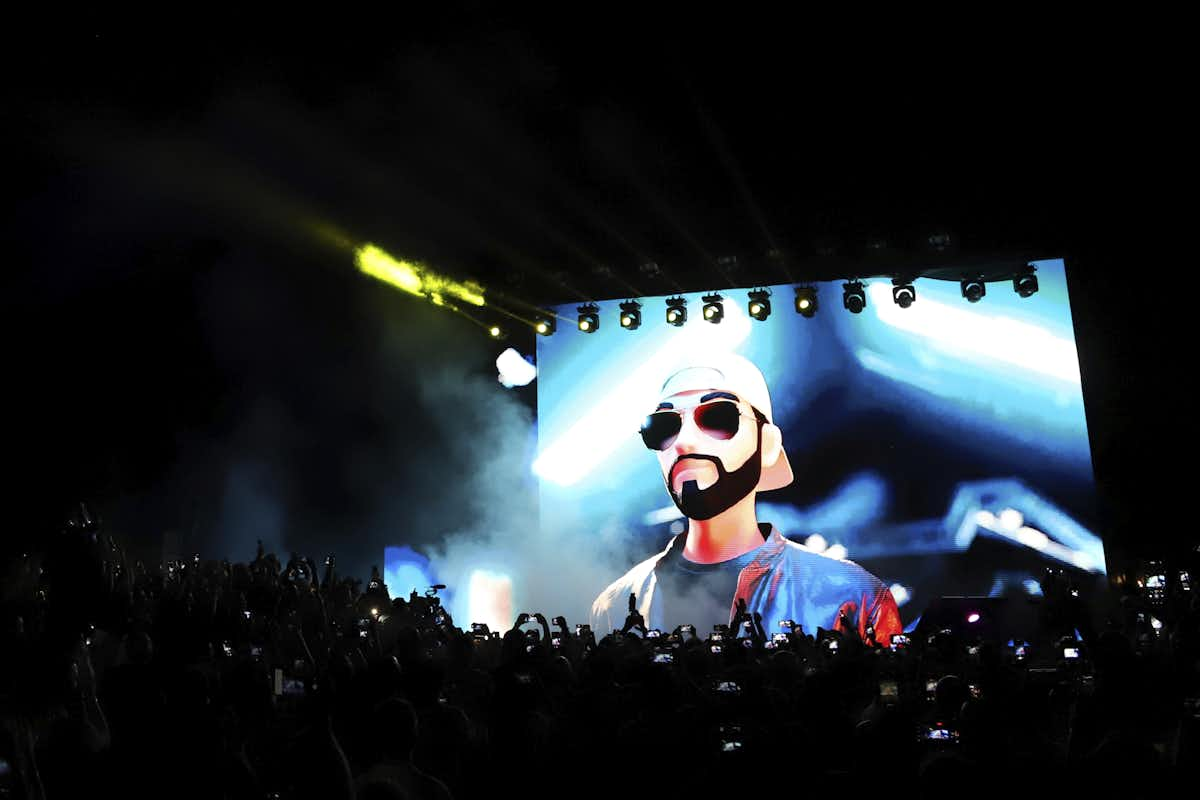One might think of the metaverse as a collection of interconnected virtual spaces, similar to the World Wide Web but accessed via virtual reality. This is mostly correct, but there is a basic but slightly more cryptic aspect of the metaverse that will distinguish it from today’s internet: the blockchain.
Initially, Web 1.0 served as the information superhighway of linked computers and servers that one could search, explore, and inhabit, normally via a centralized company’s platform – for instance, AOL, Yahoo, Microsoft, and Google.
At the start of the new millennium, Web 2.0 was identified by social networking sites, blogging, and user data monetization for pitching by centralized gatekeepers to “free” social media platforms like Facebook, Snapchat, Twitter, and TikTok.
Web 3.0 will serve as the metaverse’s foundation. It will be made up of blockchain-enabled decentralized applications assisting an economy of user-owned crypto assets and data.
Possession of bits
Blockchain is a technology that records transactions permanently, in a decentralized and public database known as a ledger. The most well-known blockchain-based cryptocurrency is Bitcoin. When a person buys a bitcoin every time, for instance, the transaction is recorded to the Bitcoin blockchain, which is distributed to thousands of individual computers universally.
This decentralized recording system is extremely difficult to deceive or manipulate. In contrast to conventional banking books, public blockchains, such as Bitcoin and Ethereum, are also explicit – all transactions are visible to anyone on the internet.
Ethereum, like Bitcoin, is a blockchain, but it is also programmable via smart contracts, which are blockchain-based software routines that work automatically when a certain condition is met. For instance, one could use a blockchain smart contract for establishing their ownership of a digital object, like a piece of art or music, to which the ownership cannot be claimed by others on the blockchain — even if a copy is saved to their computer.
Crypto assets are digital objects that can be owned, such as currencies, securities, and artwork.
On a blockchain, items such as artwork and music are nonfungible tokens (NFTs). Nonfungible items are one-of-a-kind and irreplaceable, in contrast to fungible items such as currency – any dollar which is worth the same as, and can be exchanged for, any other dollar.

Importantly, a smart contract could be utilized for stating that a person is willing to sell their piece of digital art for $1 million in ether, the Ethereum blockchain’s currency. When somebody clicks “accept,” the ownership of the artwork and ether are automatically transferred between them on the blockchain.
There is no necessity for a bank or third-party escrow, and if either of them wants to dispute the transaction – for instance, if the buyer claimed that the seller has only paid $999,000 – the seller can easily point to the public record available in the distributed ledger.
What does all of this blockchain crypto-asset have to do with the metaverse? Everything! To begin, the blockchain enables the ownership of digital goods in a virtual world. One will not only own that NFT in the physical world but also in the virtual world.
Furthermore, the metaverse is not being built by a single group or company. Different groups will create different virtual worlds, which will eventually be interoperable – forming the metaverse. People will want to bring their belongings with them as they move between virtual worlds, such as from Decentraland’s virtual environments to Microsoft’s.
The blockchain will verify proof of ownership of the digital goods in both virtual worlds if two virtual worlds are interoperable. Essentially, one will be able to access their crypto stuff as long as they can access their crypto wallet within a virtual world.
Never forget the Crypto Wallet
What does a person’s crypto wallet contain? One will need to carry cryptocurrencies in the metaverse. The user’s cryptocurrency wallet will also store their metaverse-exclusive digital goods, like avatars, avatar animations, virtual decorations, avatar clothing, and weapons.

What can a person do with their cryptocurrency wallets? Among other things, go shopping. They will be able to purchase conventional digital goods like music, movies, games, and apps, just as they do now on the web. They will also be able to purchase physical-world items in the metaverse, as well as view and “hold” 3D models of what they are looking for, which could help them in making better decisions.
In addition, just as a leather wallet can be utilized for carrying a person’s ID, crypto wallets will be linked to real-world identities, which may aid transactions requiring legal verification, like purchasing a real-world car or home. Since the user’s ID will be linked to their wallet, there will be no need to recollect login information for all of the websites and virtual worlds they visit – simply the wallet can be connected with a click and they will be logged in. ID-linked wallets will also help restrict entrance to age-restricted areas of the metaverse.
The user’s crypto wallet could also be linked to their contacts list, allowing them to transfer information from one virtual world to another.
Wallets may be associated with reputation scores in the future, which will establish the permissions obtained by the user for broadcasting in public places and interacting with people outside of their social network. If a person does not behave properly and spreads misinformation, the system may damage their reputation and probably reduce their sphere of influence.
This may create an incentive for people to behave properly in the metaverse, but platform developers must prioritize these systems.
Huge business
Finally, if the metaverse is money, then corporations will undoubtedly want to participate as well. The decentralized nature of blockchain may reduce the necessity for gatekeepers in financial transactions, but businesses will still have numerous opportunities for generating revenue, possibly more than in current economies.
Companies such as Meta will offer large platforms where people can work, play, and socialize.
Dolce & Gabbana, Coca-Cola, Adidas, and Nike are among the major brands that have entered the NFT market. When a person purchases a real-world item from an organization in the future, they may also acquire ownership of an associated NFT in the metaverse.
For instance, when a person purchases a coveted name-brand outfit for wearing to a real-world dance club, they may also acquire the crypto version of the outfit that their avatar can don to the virtual Ariana Grande concert. And, just like one could resell the physical outfit, they could also resell the NFT version for somebody else’s avatar to wear.
These are just a few of the many ways in which metaverse business models are likely to intersect with the physical world. As augmented reality technologies become more prevalent, such examples will become more complex, further merging aspects of the metaverse and the real world.
Although the metaverse itself has not yet arrived, technological foundations such as blockchain and crypto assets are steadily being developed, laying the groundwork for a seemingly omnipresent virtual future that is soon to arrive in a verse near us.













